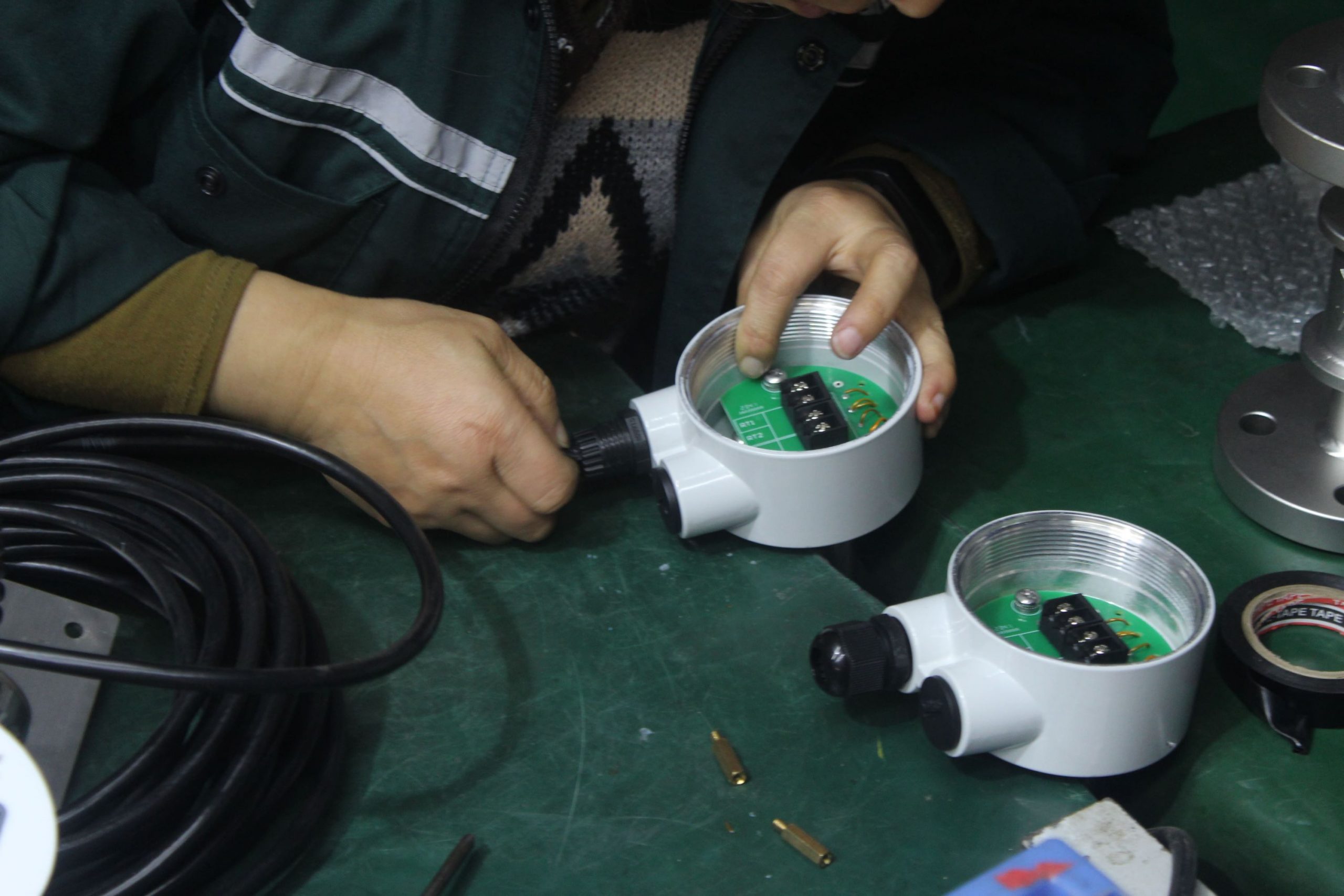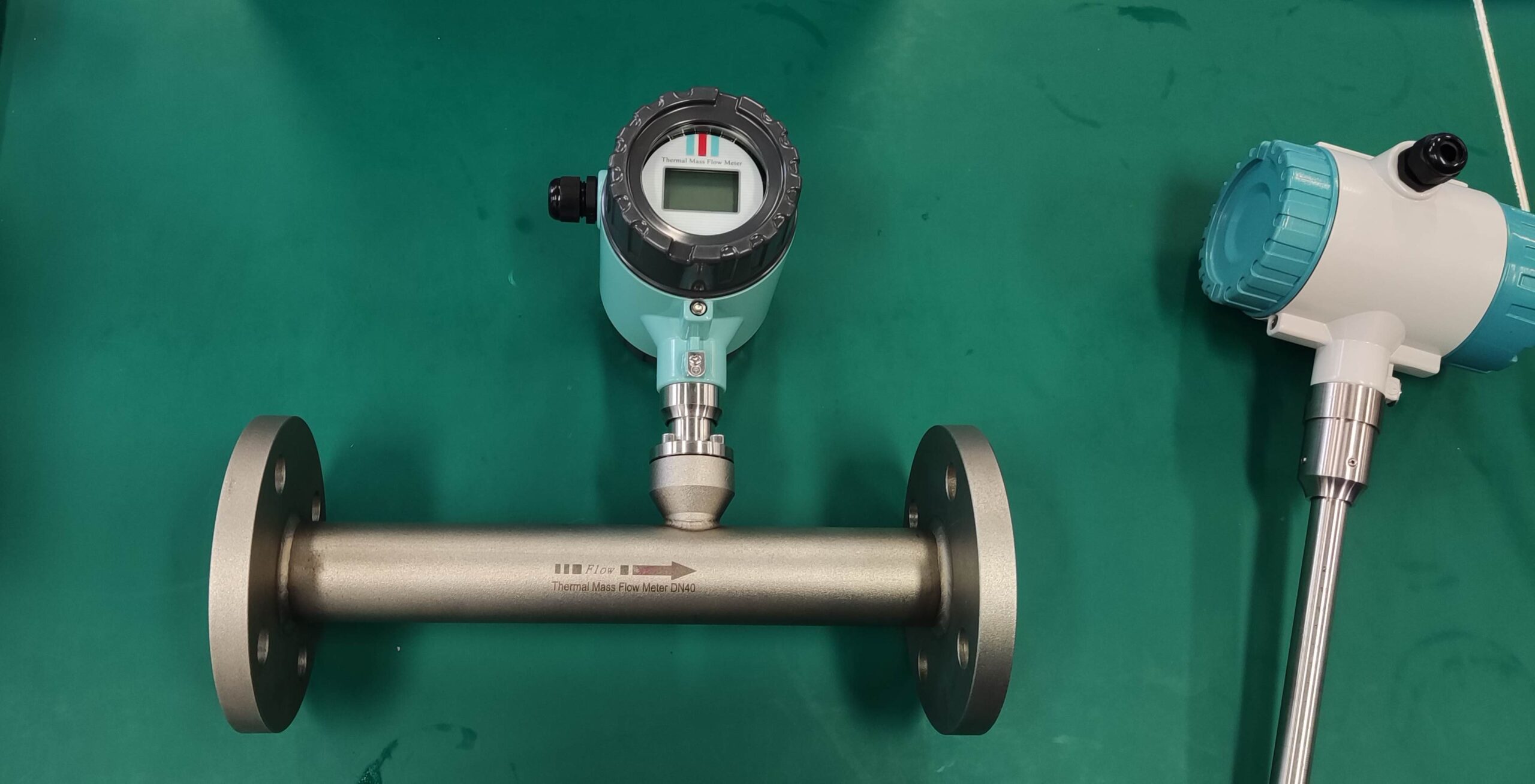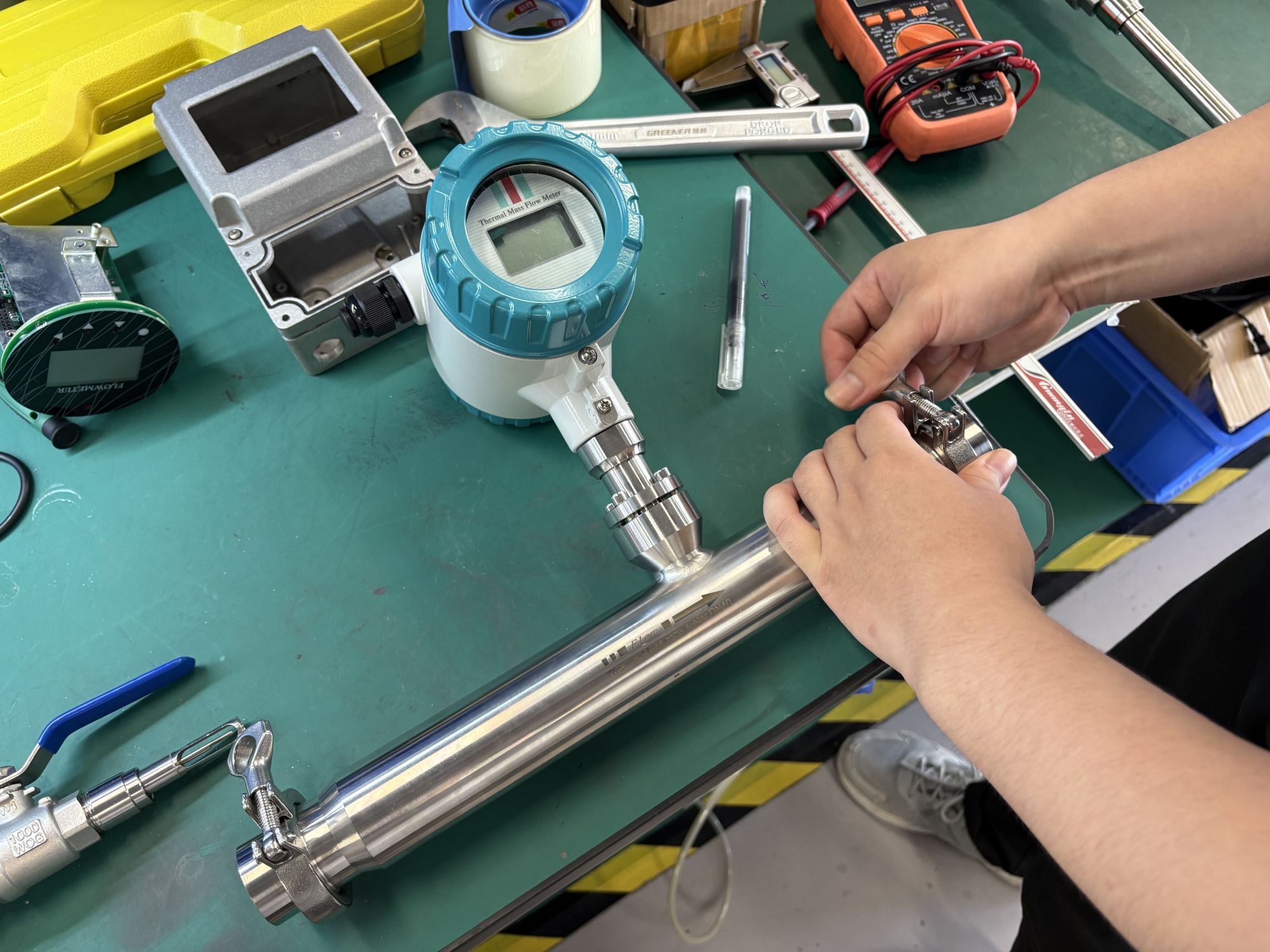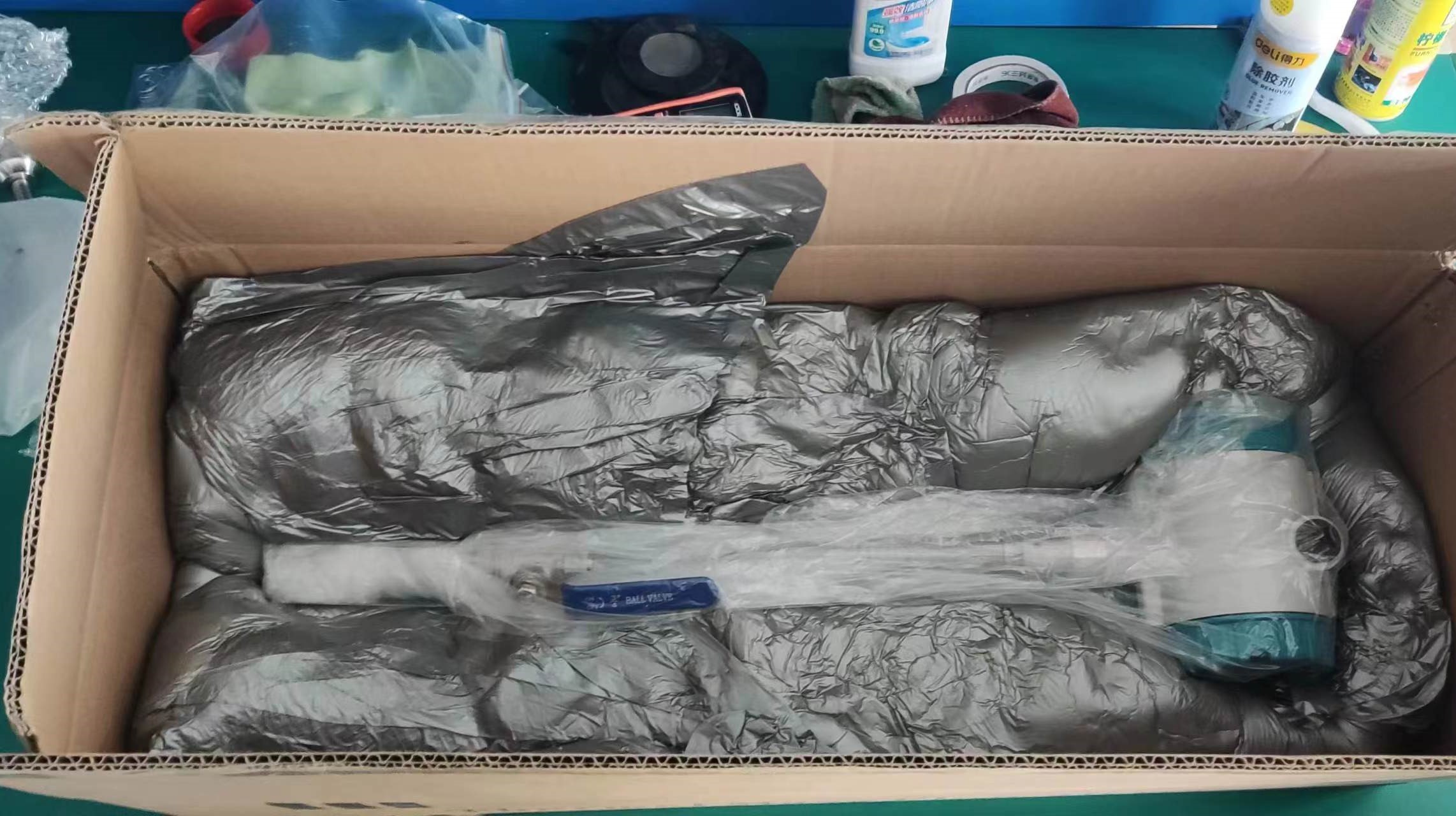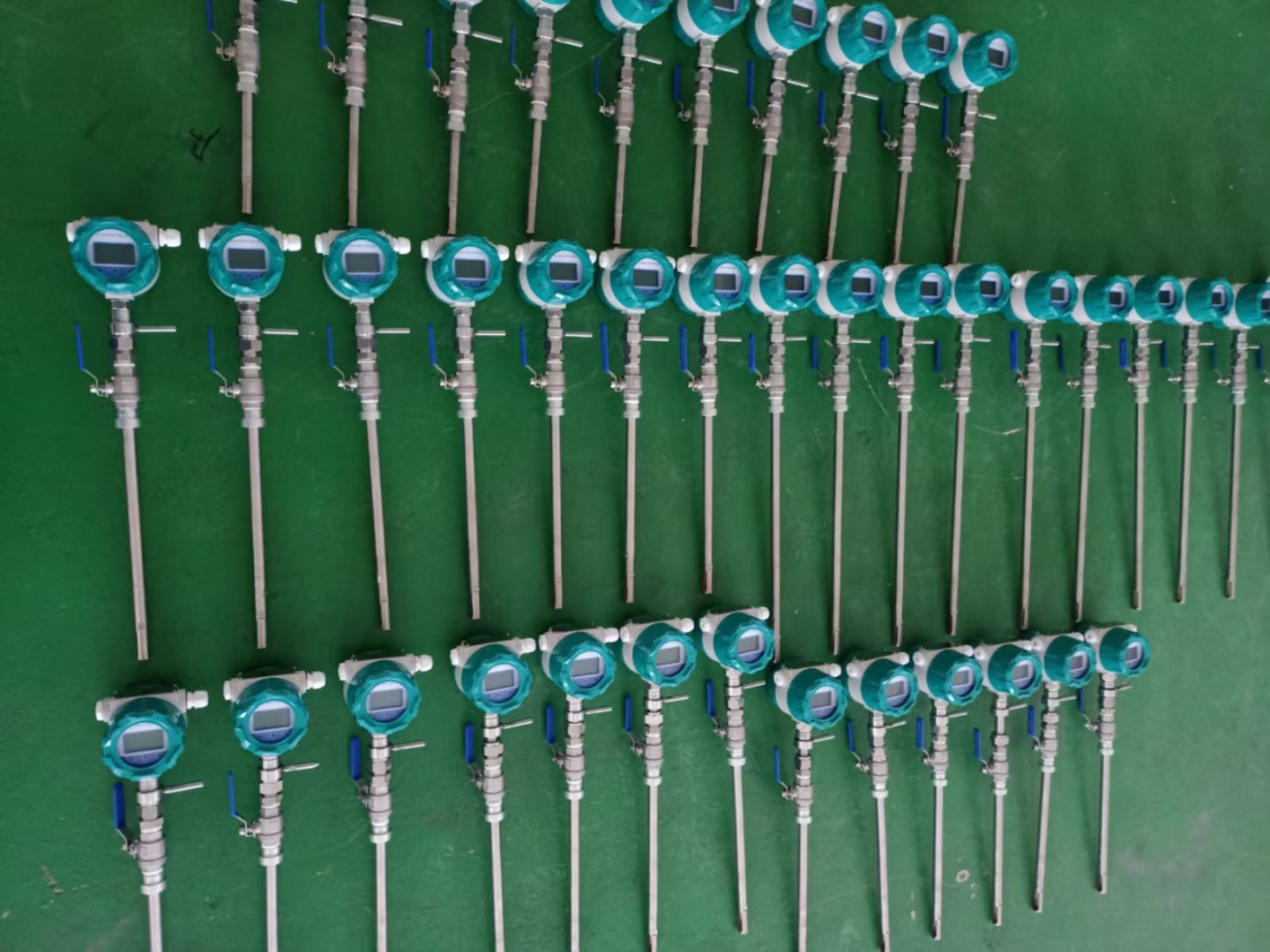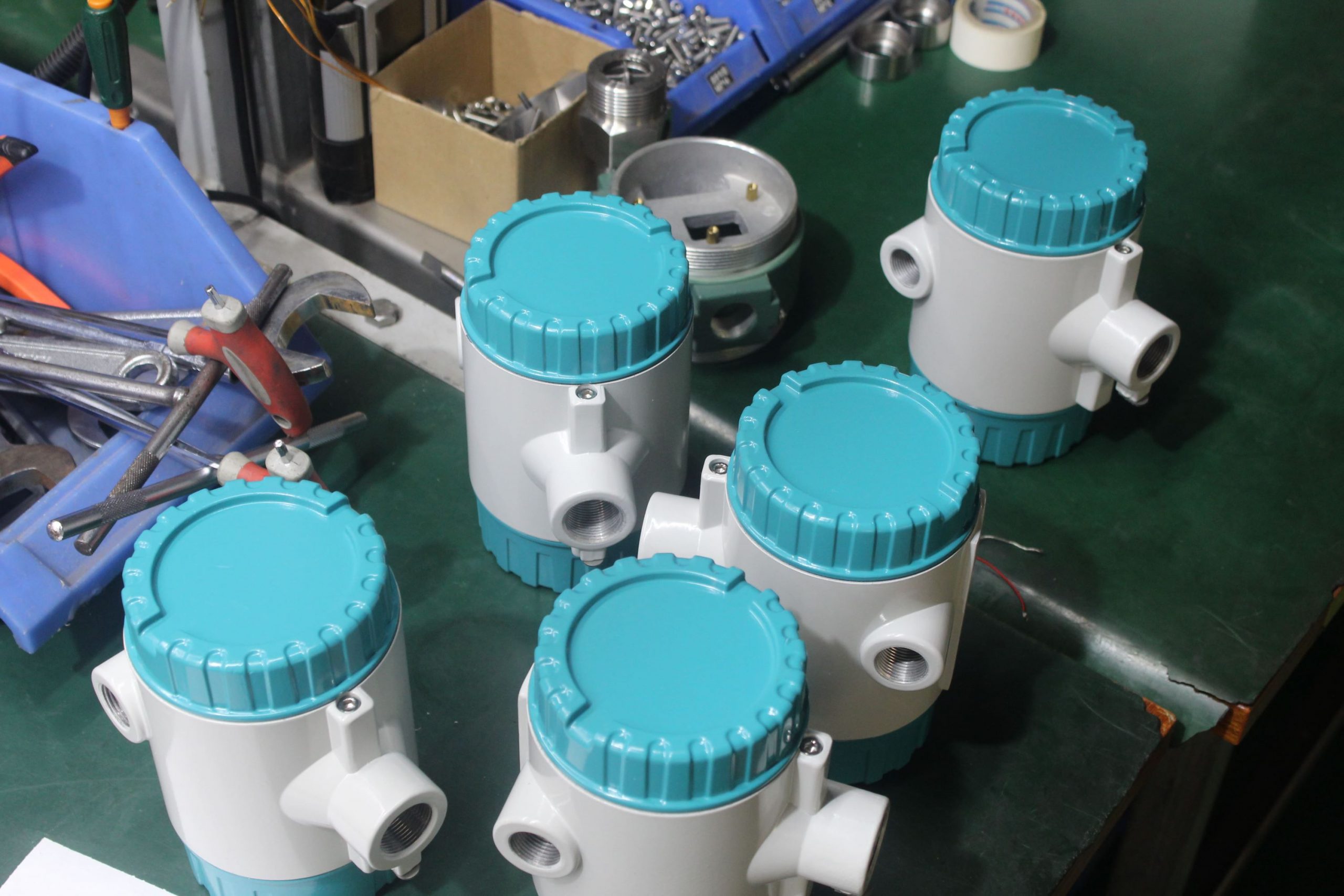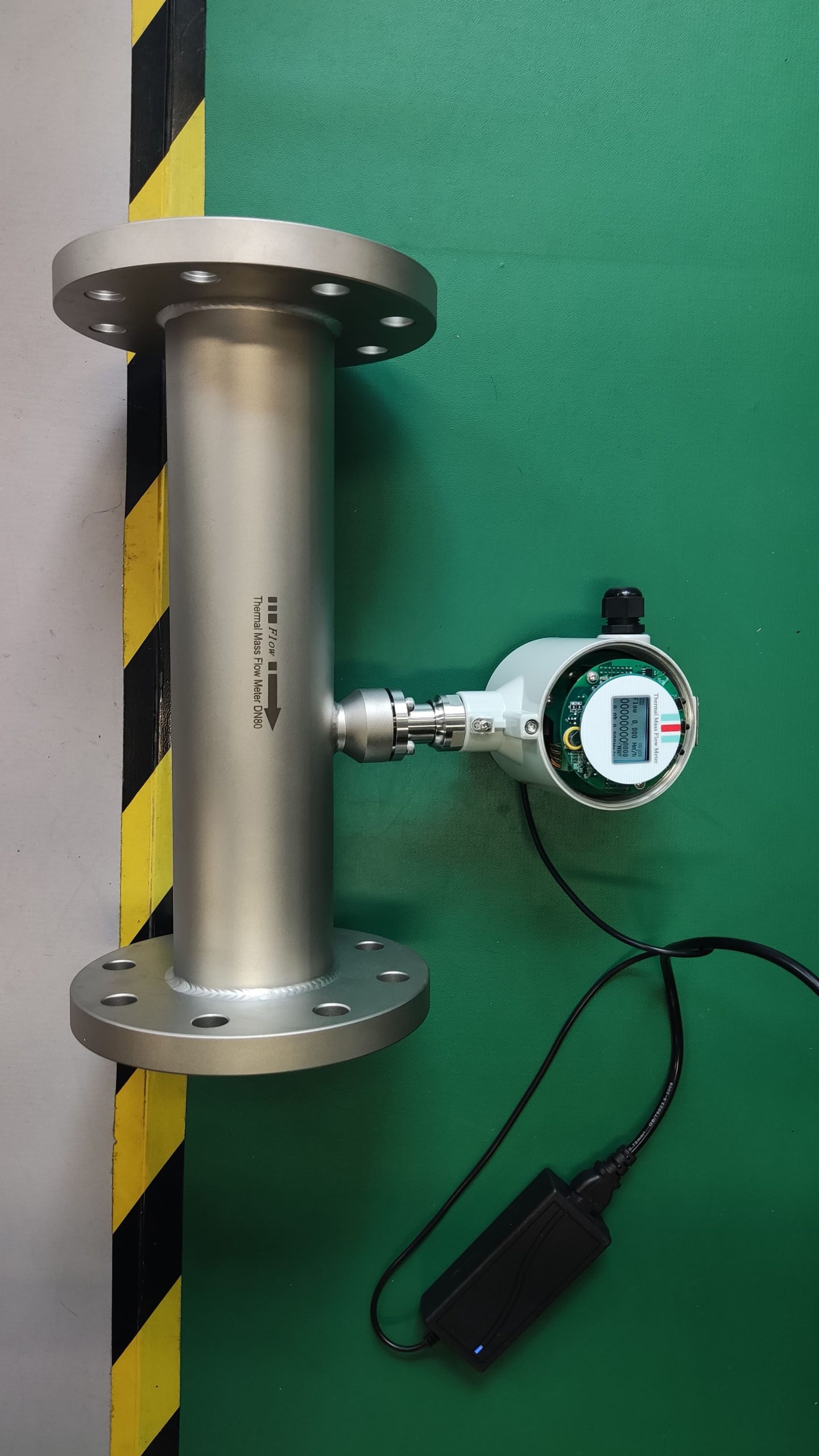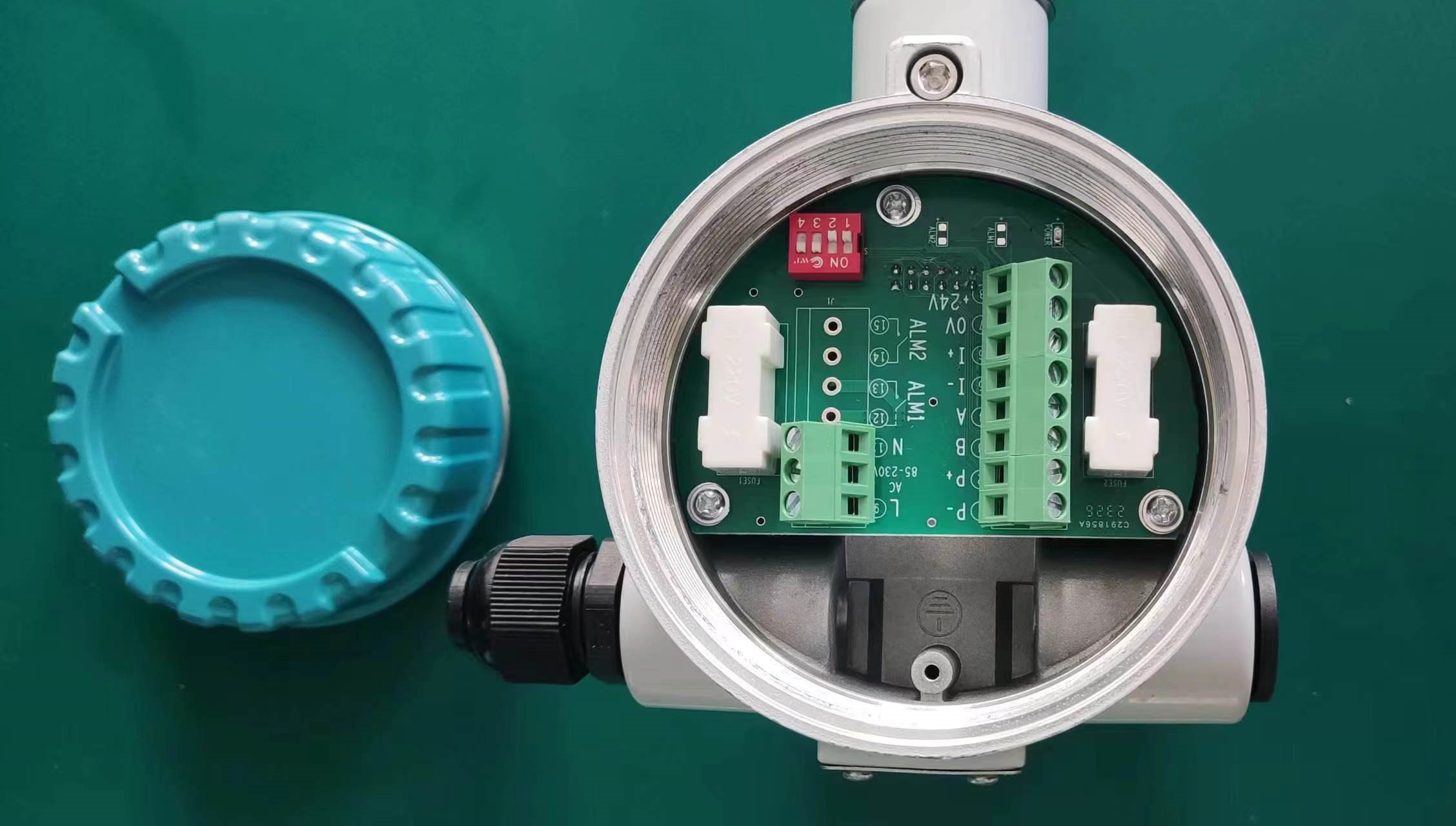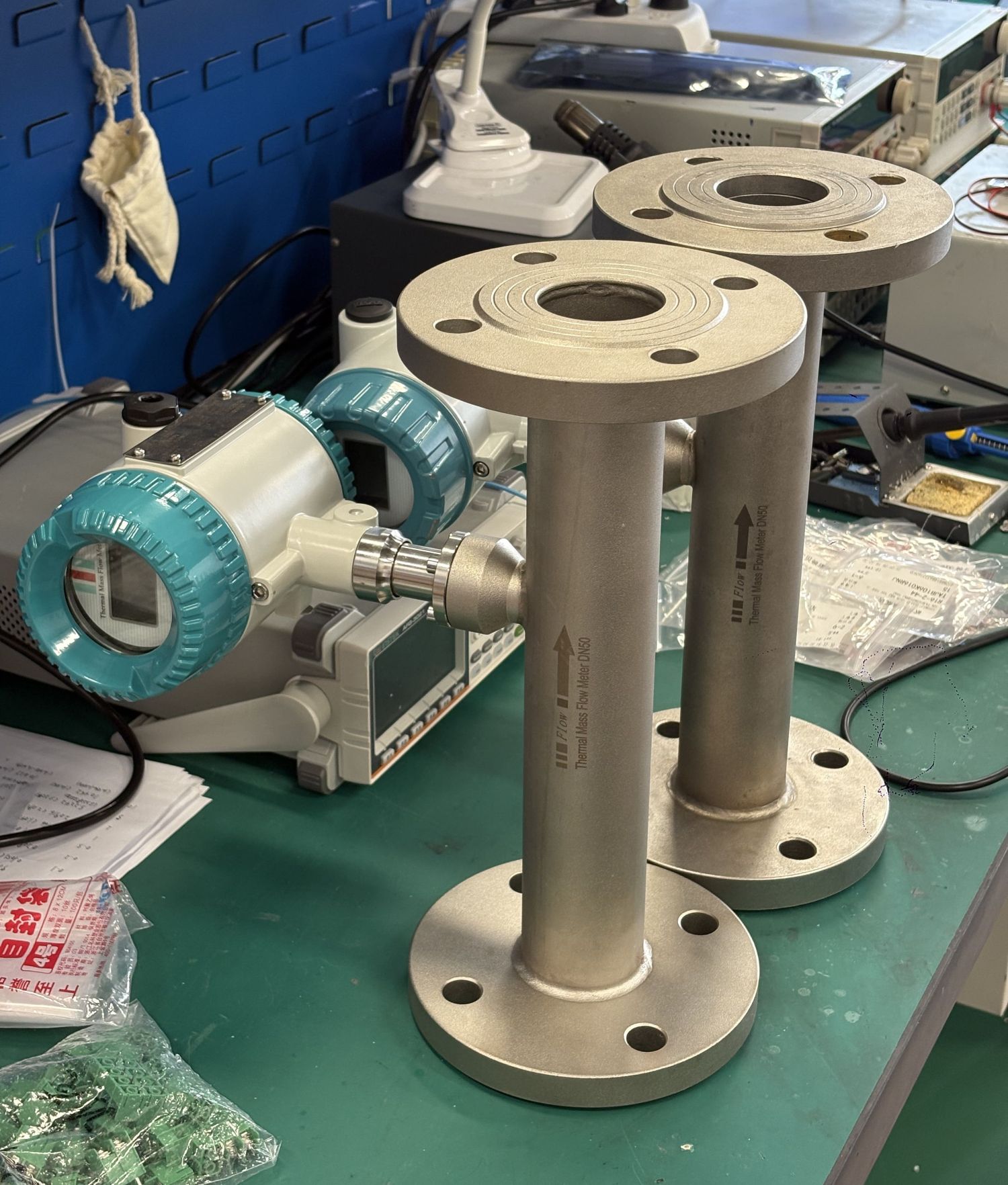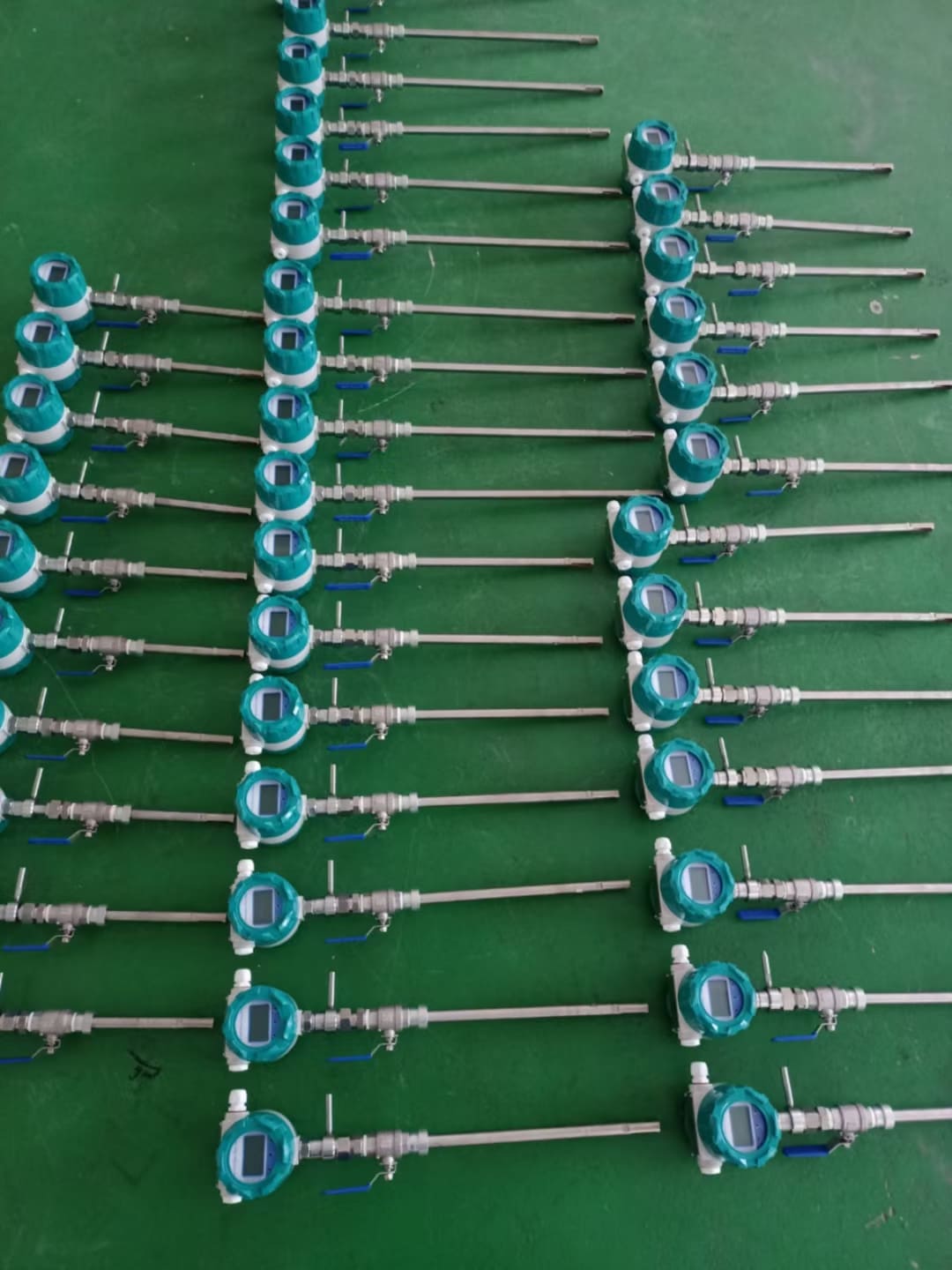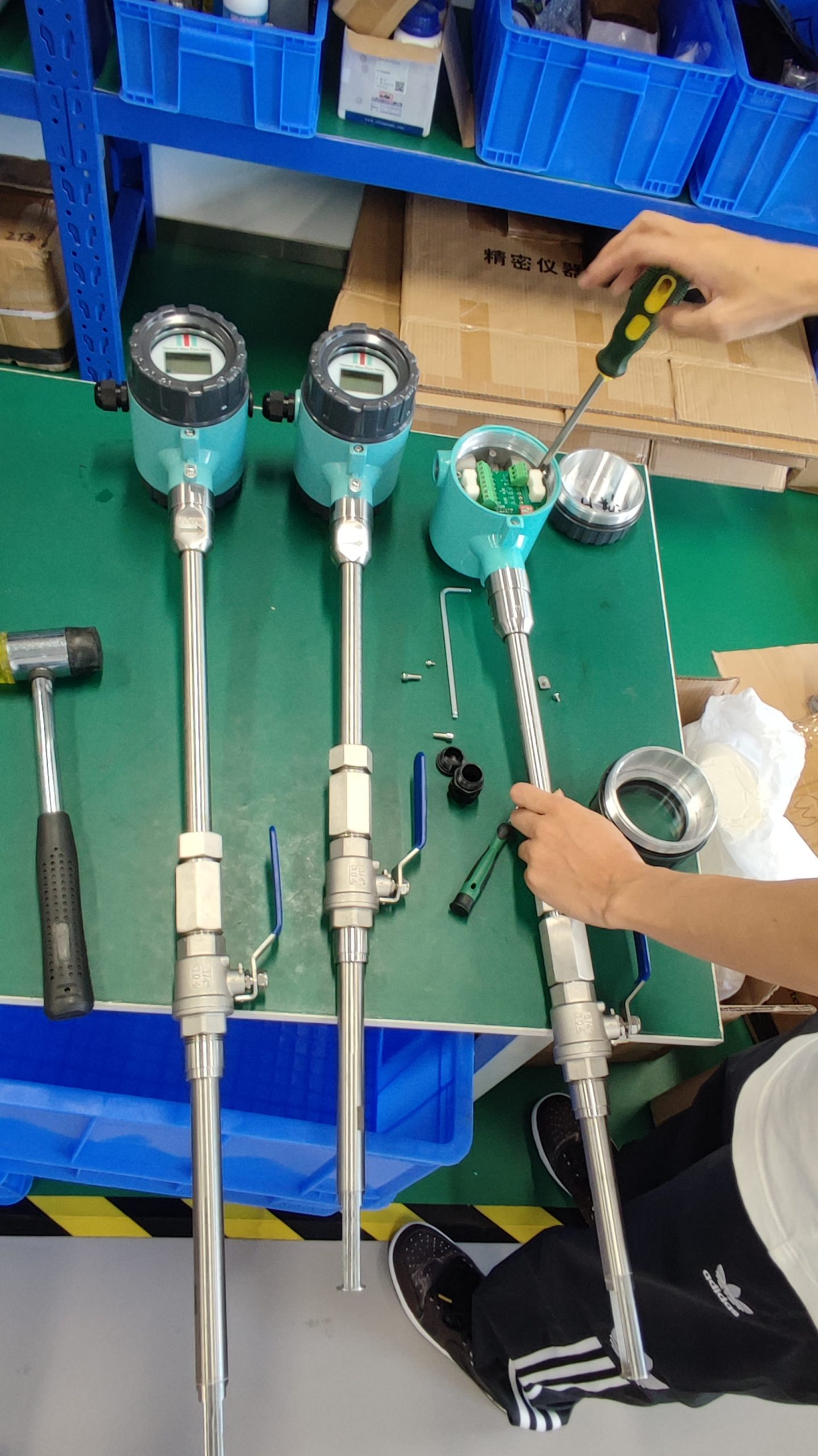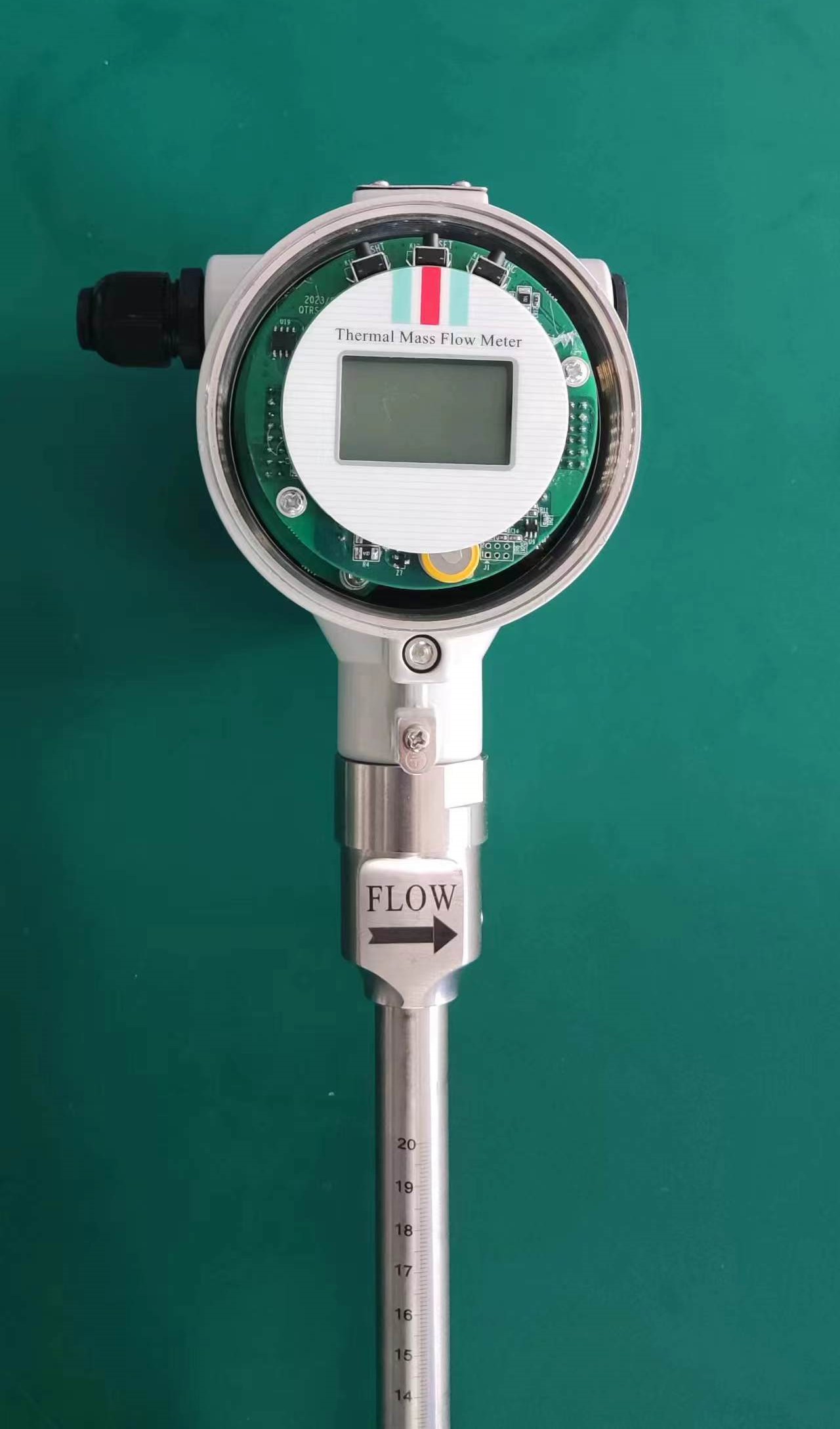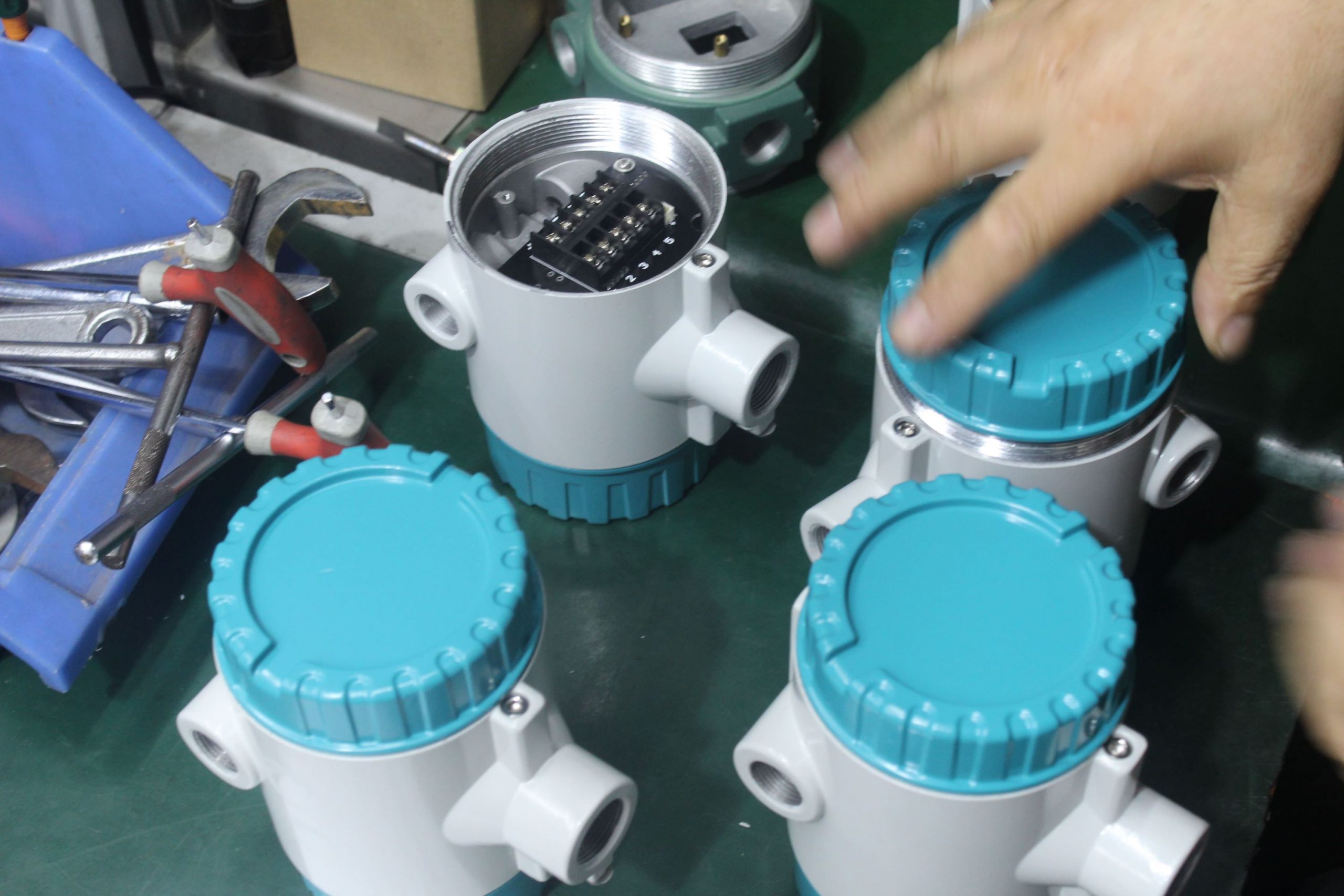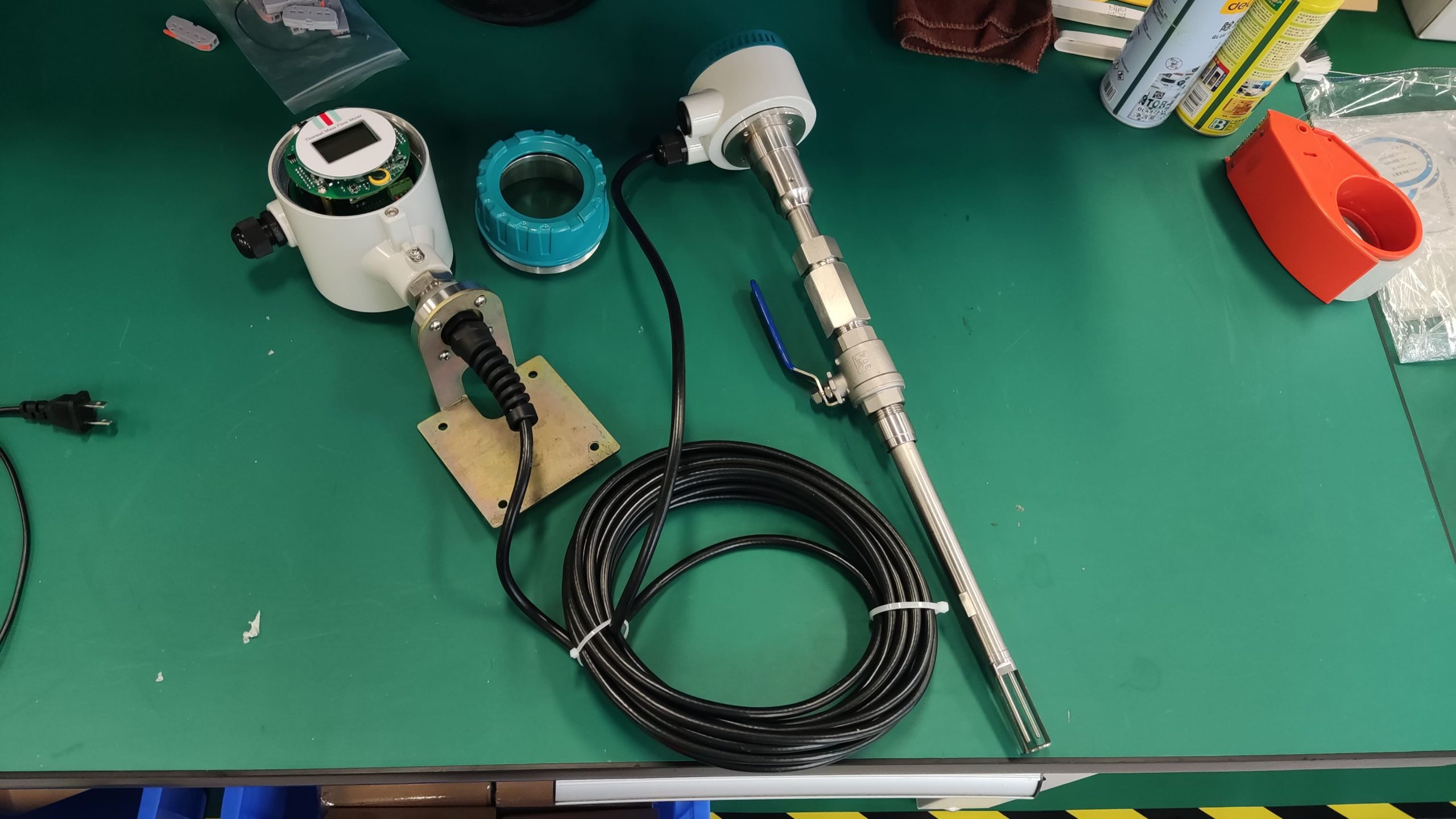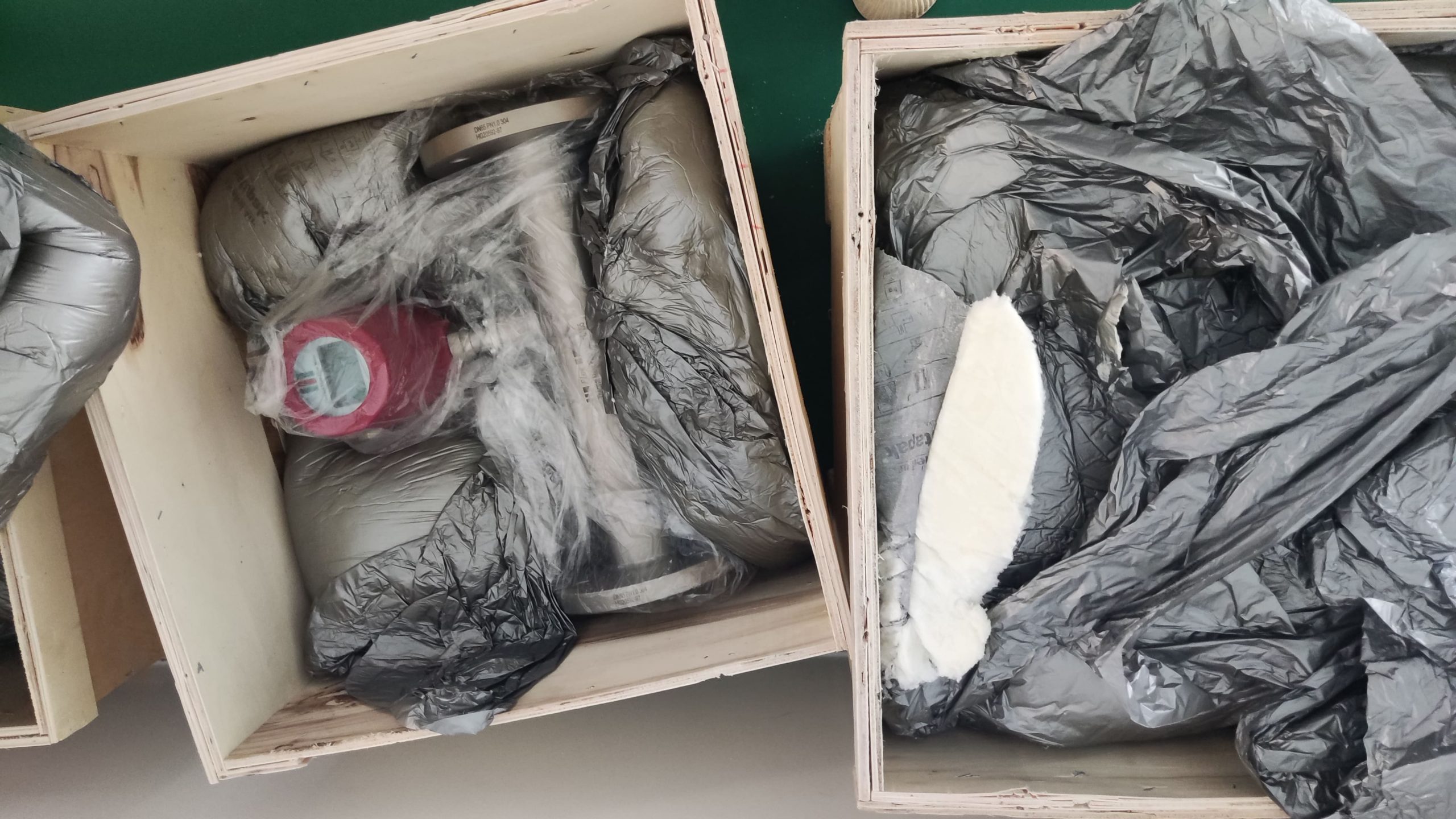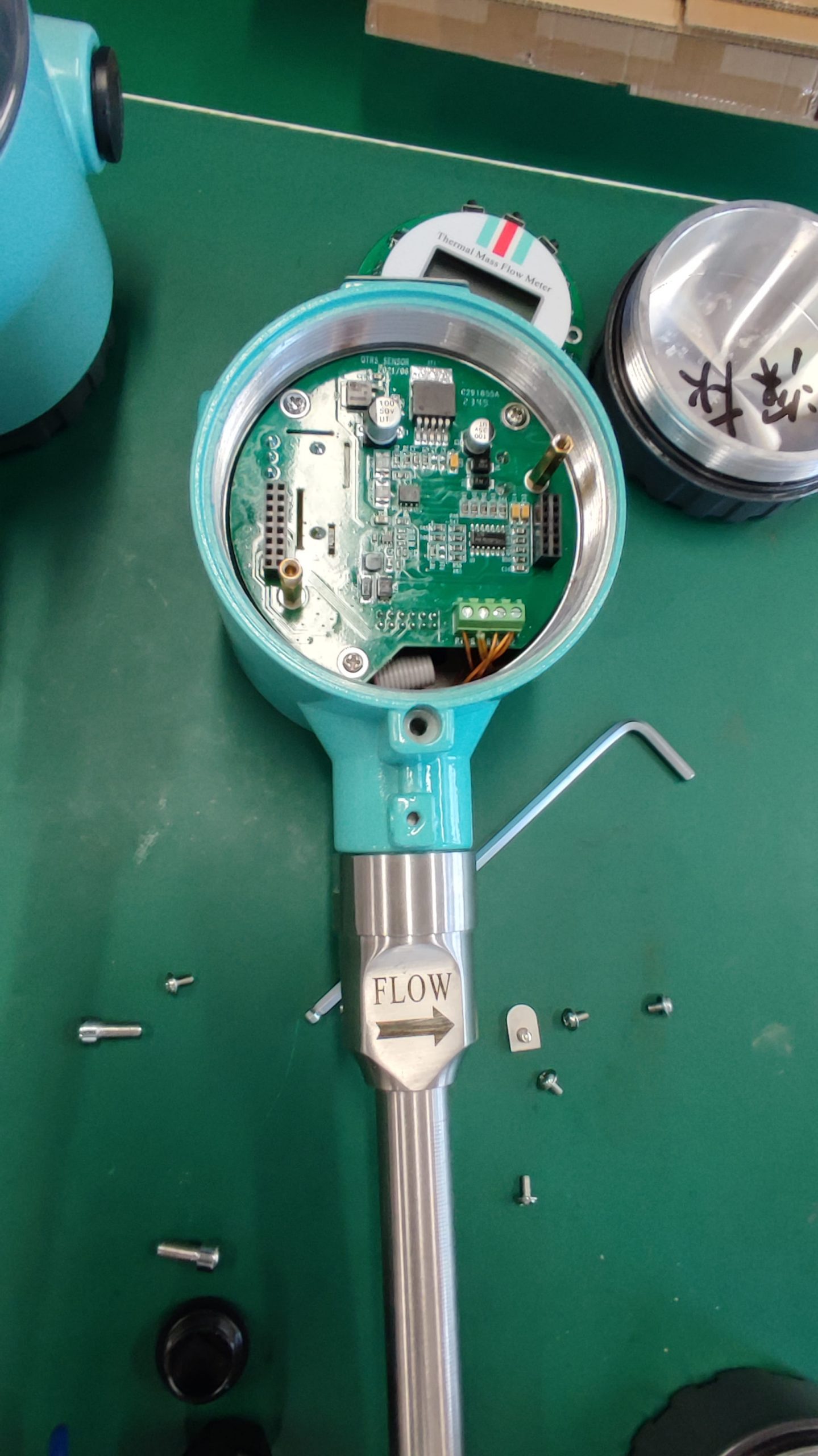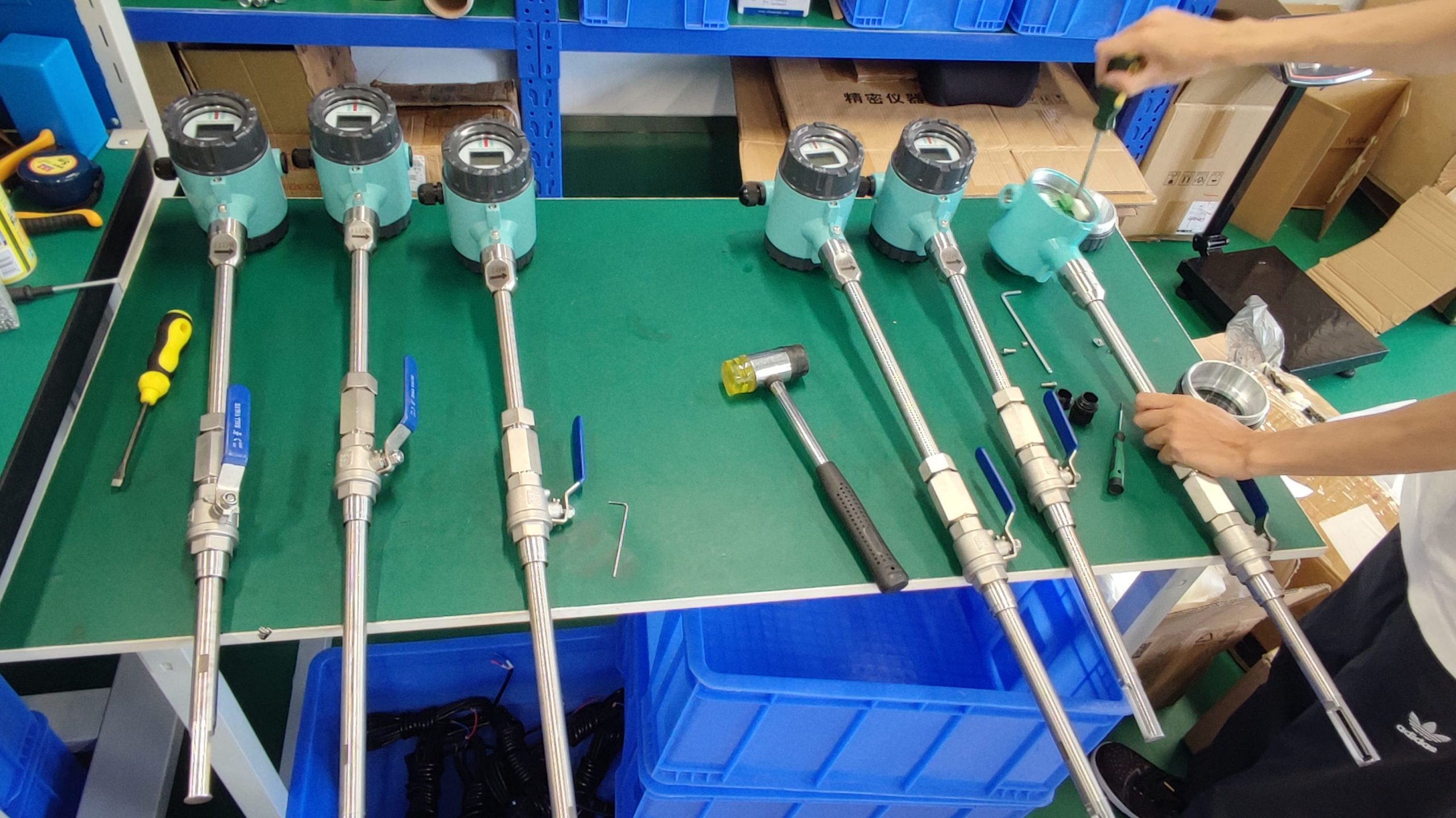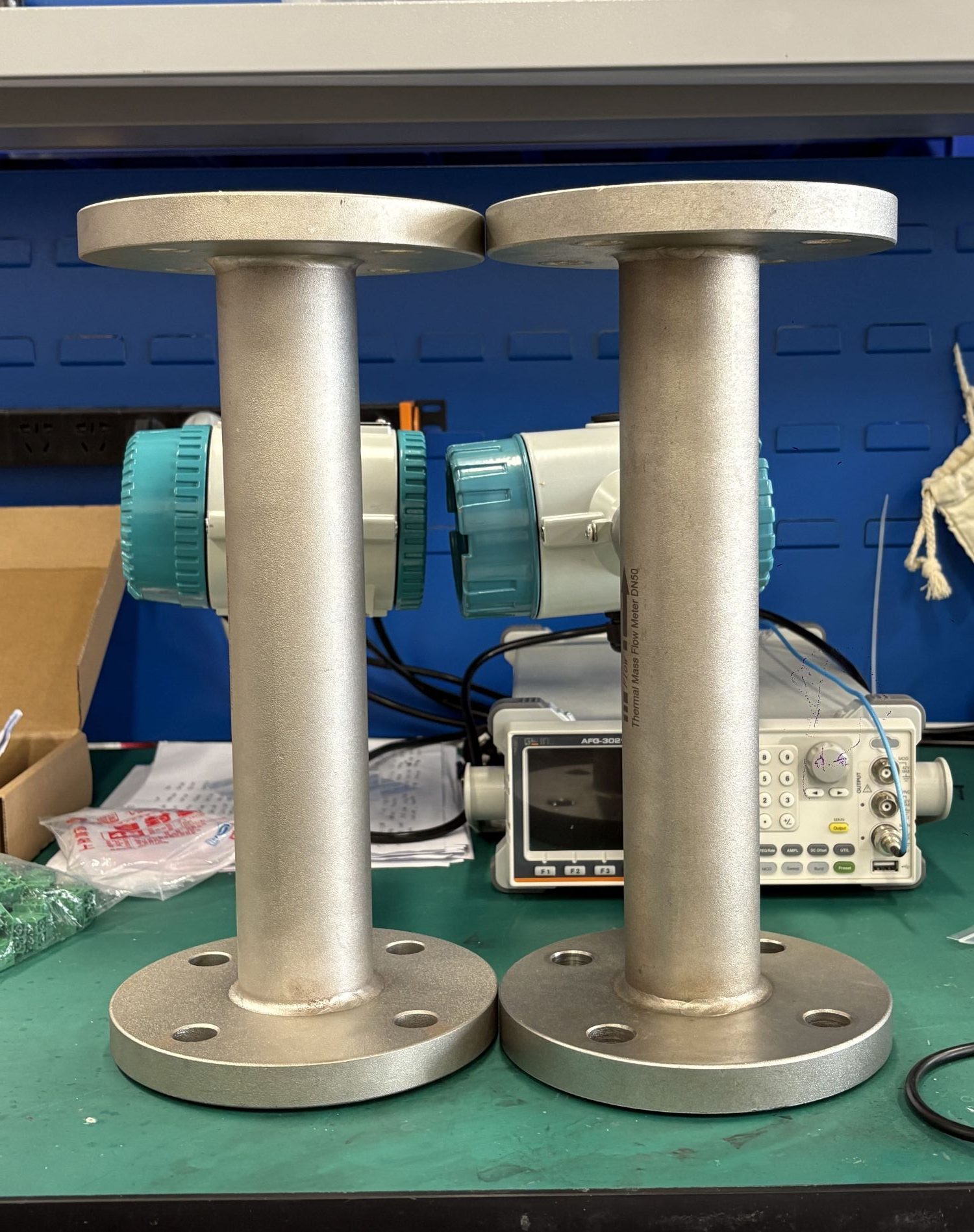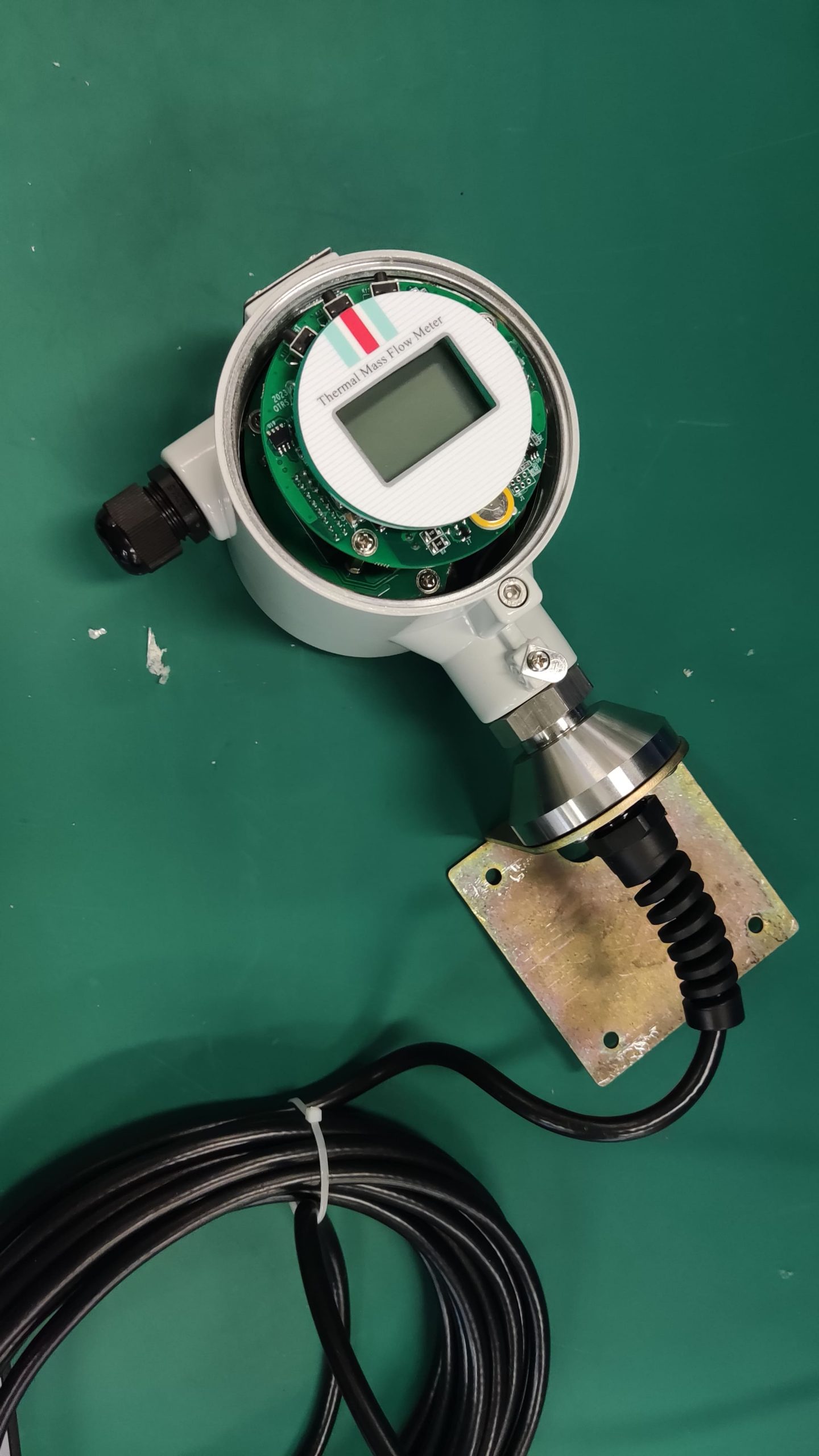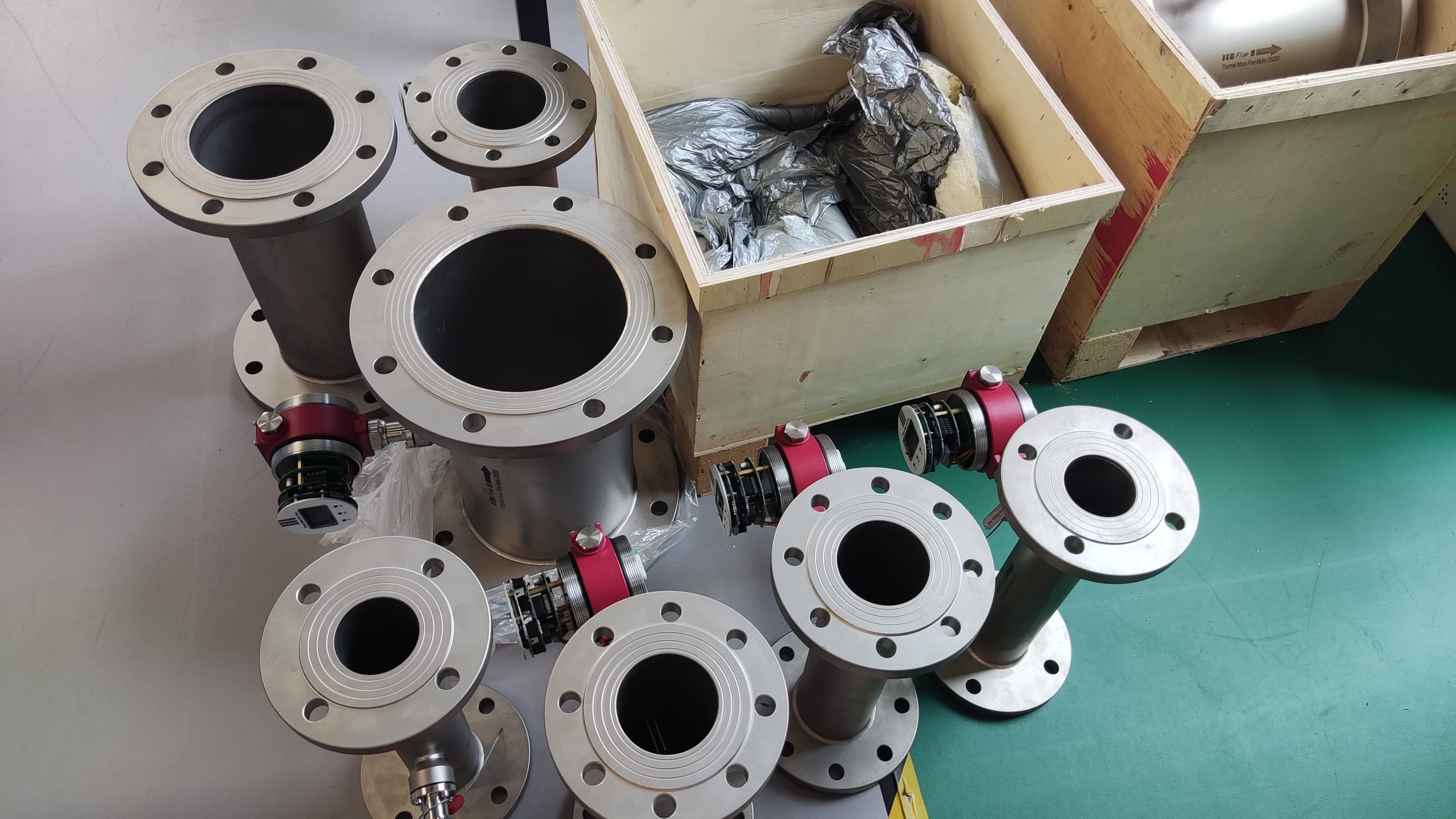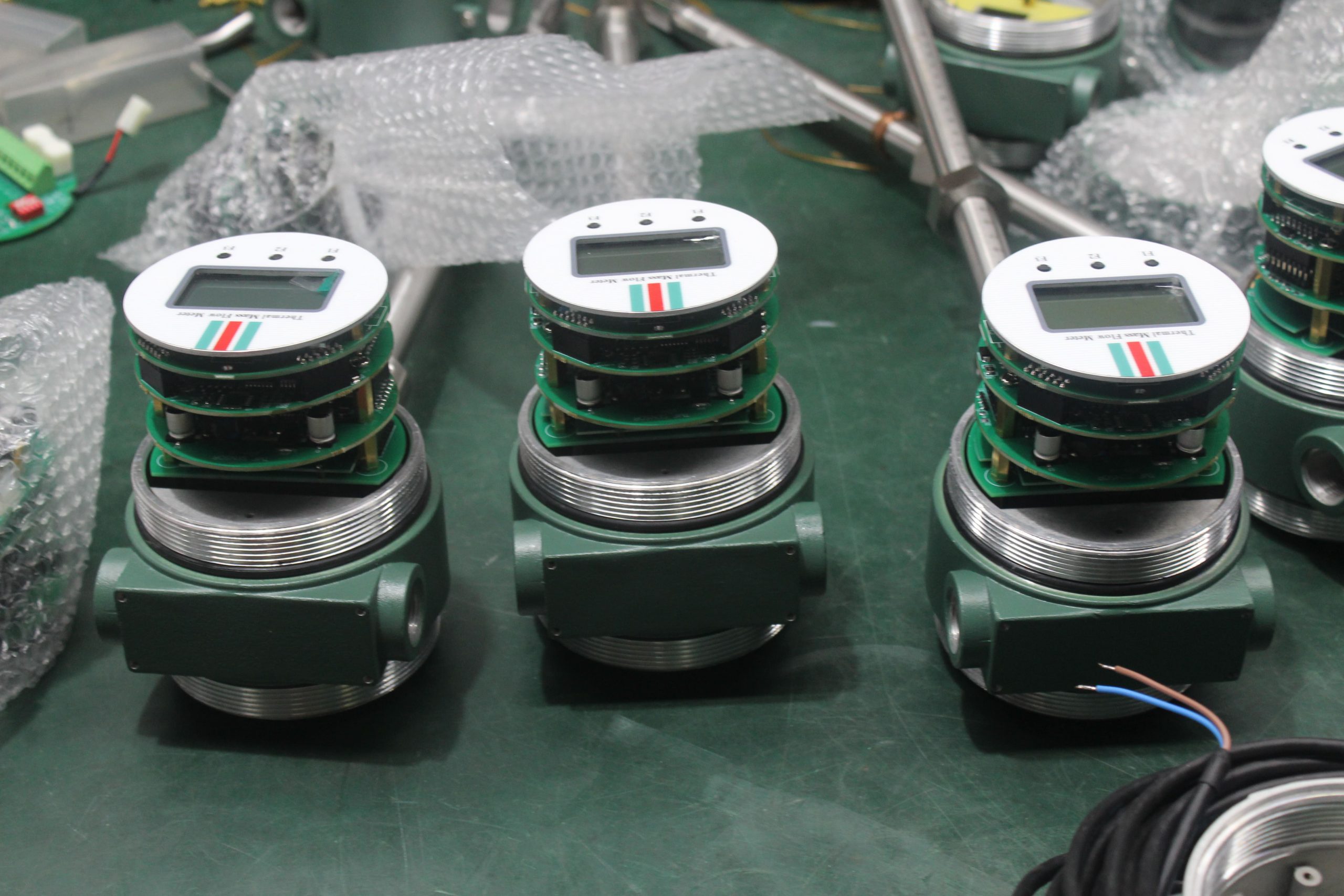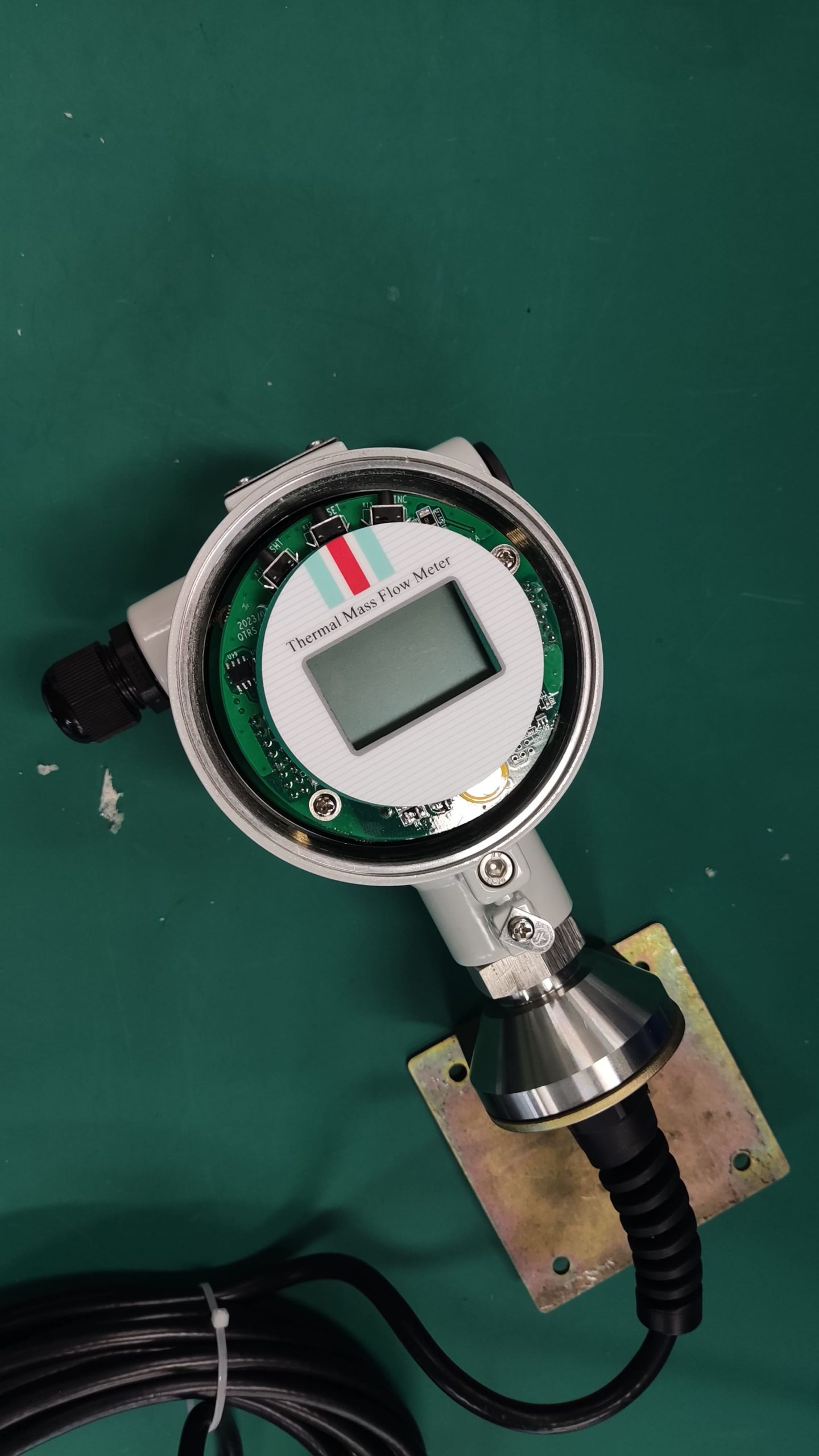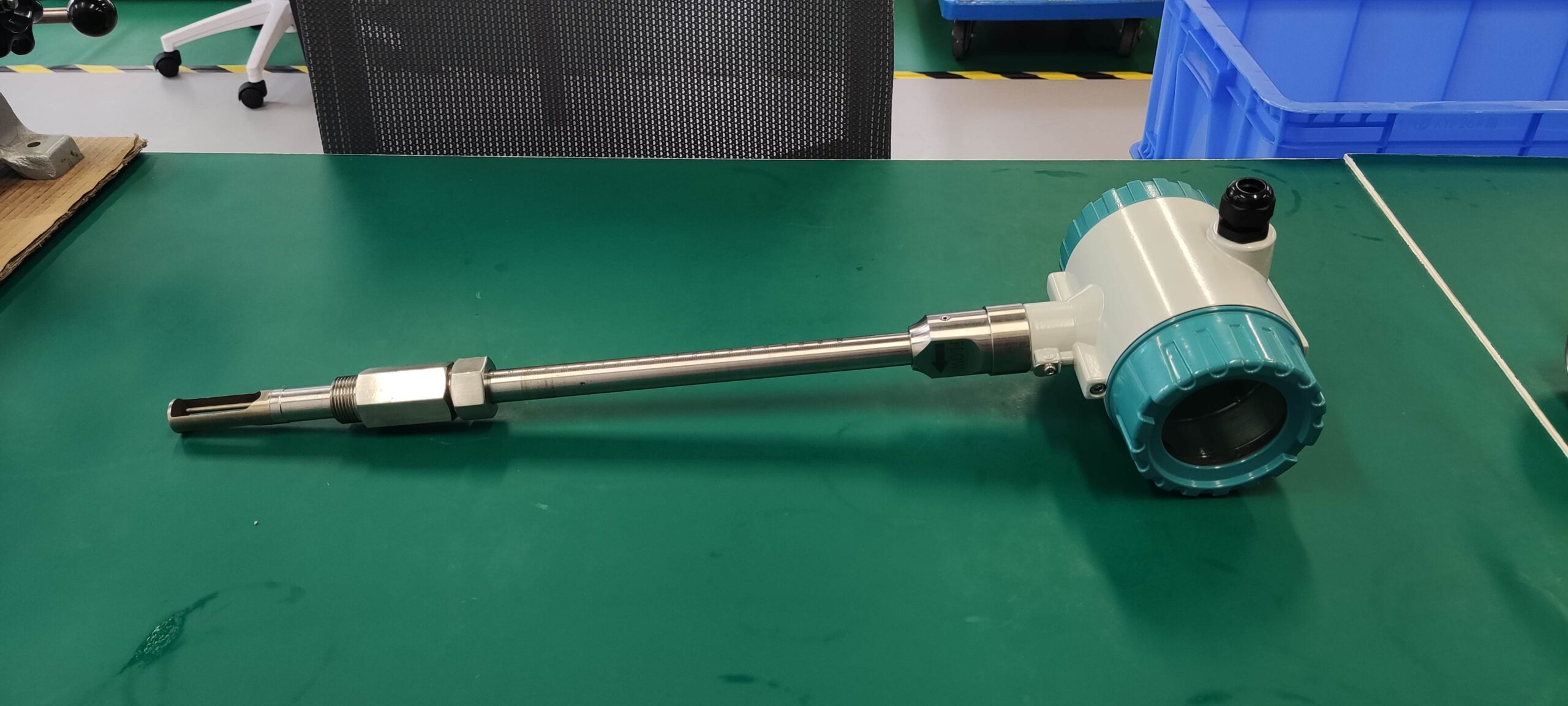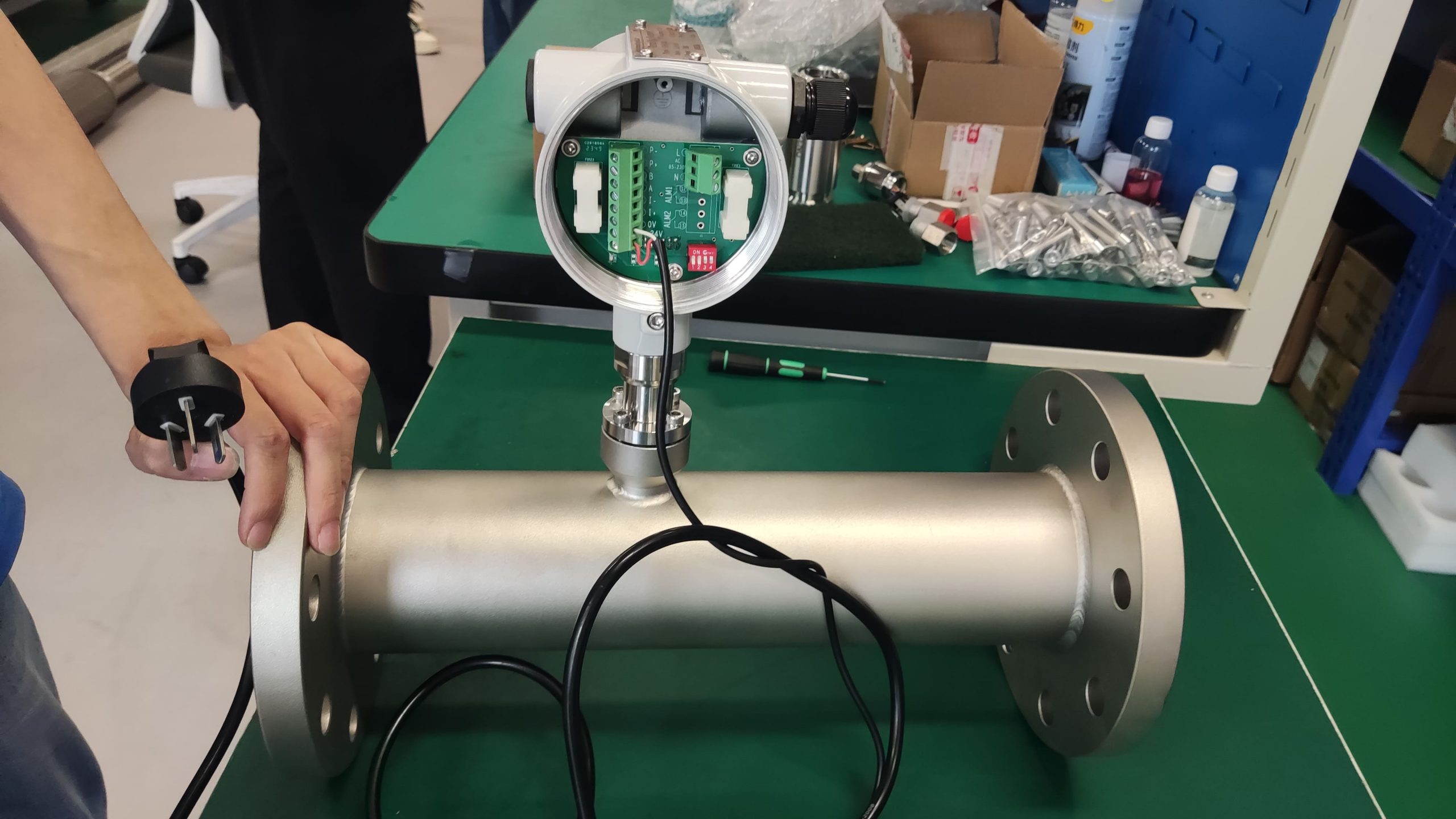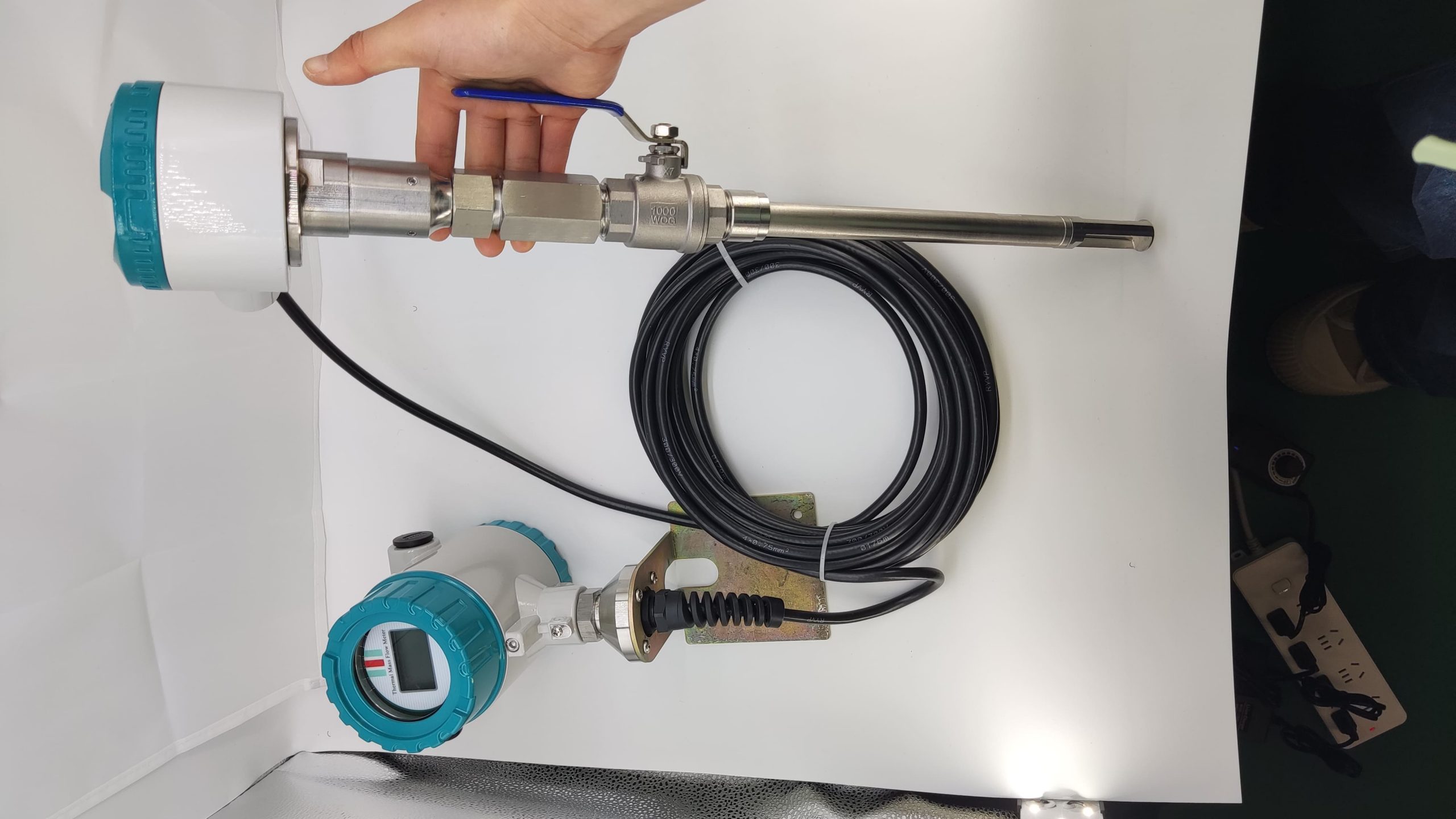Thermal diffusion technology of thermal gas mass flow meter
Thermal gas mass flowmeter uses thermal diffusion technology, its excellent performance, high reliability, can measure the volume flow of most of the metering gas, thermal gas mass flowmeter is widely used in various fields of industrial production, to meet the needs of different users.
Thermal diffusion technology of thermal gas mass flowmeter, thermal gas mass flowmeter adopts thermal diffusion principle, thermal diffusion technology is a technology with excellent performance and high reliability under harsh conditions. The sensing element of its typical thermal gas mass flowmeter consists of two thermal resistors (platinum RTDS), one is a velocity gas sensor, and one is a temperature thermal gas mass flowmeter that automatically compensates for changes in gas temperature. When two RTDS are placed in a medium, where the velocity thermal gas mass flowmeter is heated to a constant temperature above the ambient temperature, the other thermal thermal gas mass flowmeter is used to sense the medium temperature. Flow velocity type thermal gas mass flowmeters are calculated by the heat transfer of the sensing element. As the gas flow rate increases, the heat carried away by the medium increases. It lowers the temperature. In order to maintain a constant temperature, the working current through the sensor must be increased, and the increased part of the current is proportional to the flow rate of the medium.
The application medium of thermal gas mass flowmeter, most of the various types of thermal gas mass flowmeter used at present are to measure the volume flow of gas. The main feature of the thermal gas mass flowmeter is that it is not affected by changes in temperature and pressure. The Aister gas flow meter, whose display reading directly indicates the mass flow rate of the gas, is installed in the pipeline to record the amount of gas flowing. Can measure gas, air, nitrogen, acetylene, phosgene, hydrogen, natural gas, nitrogen, liquefied petroleum gas, hydrogen peroxide, flue gas, methane, butane, chlorine, gas, biogas, carbon dioxide, oxygen, compressed air, argon, toluene, benzene, xylene, hydrogen sulfide, sulfur dioxide, ammonia and other types of gases.

